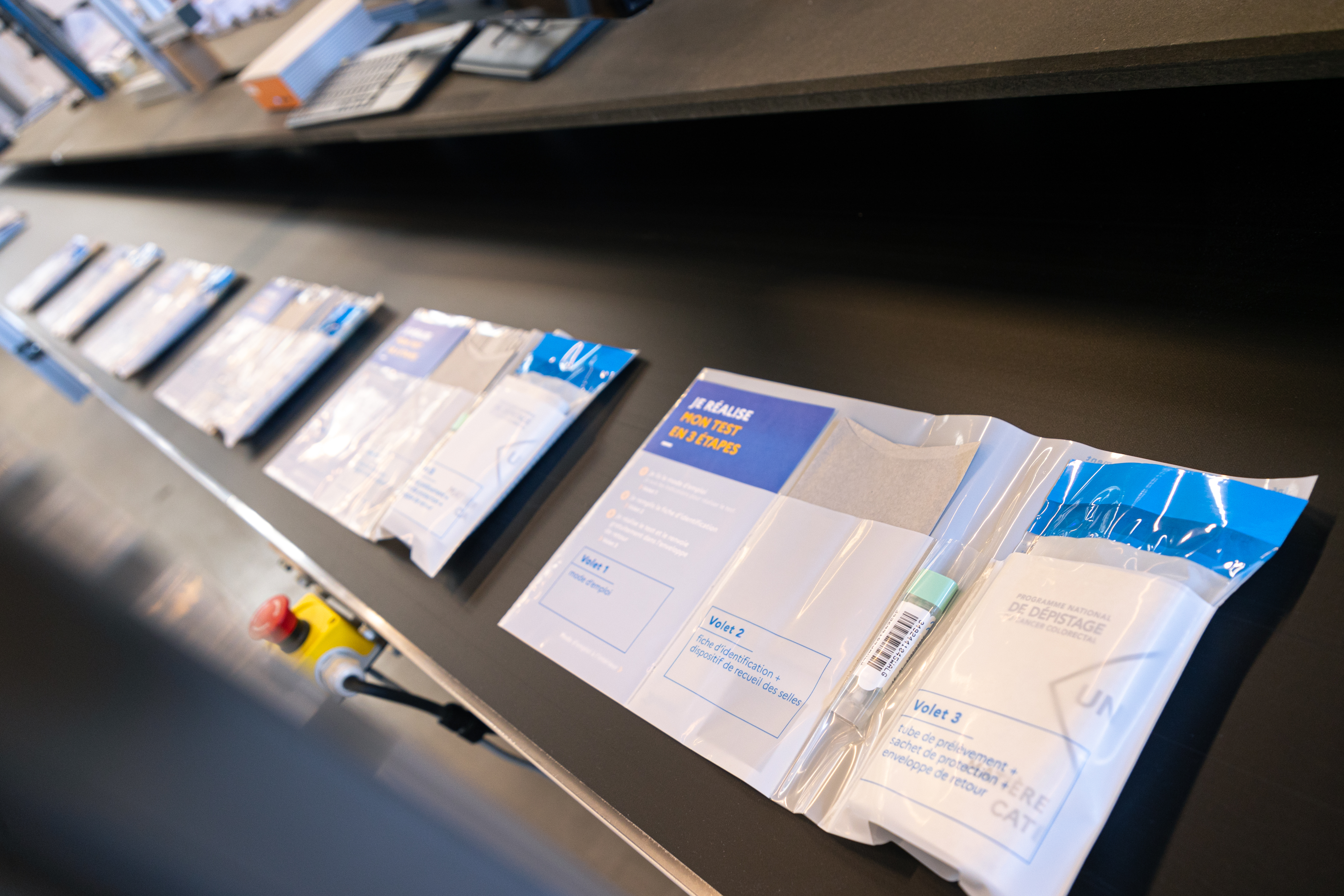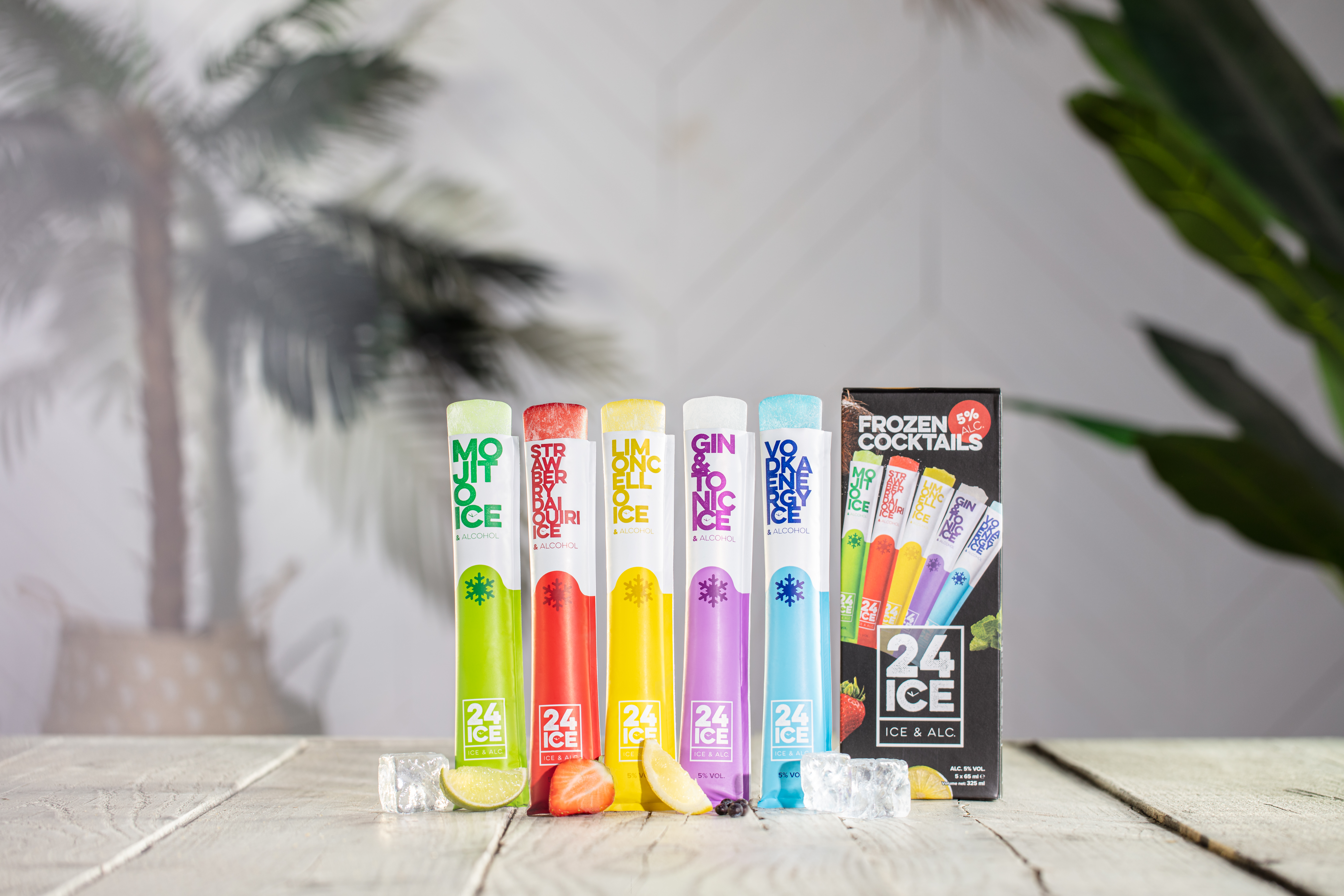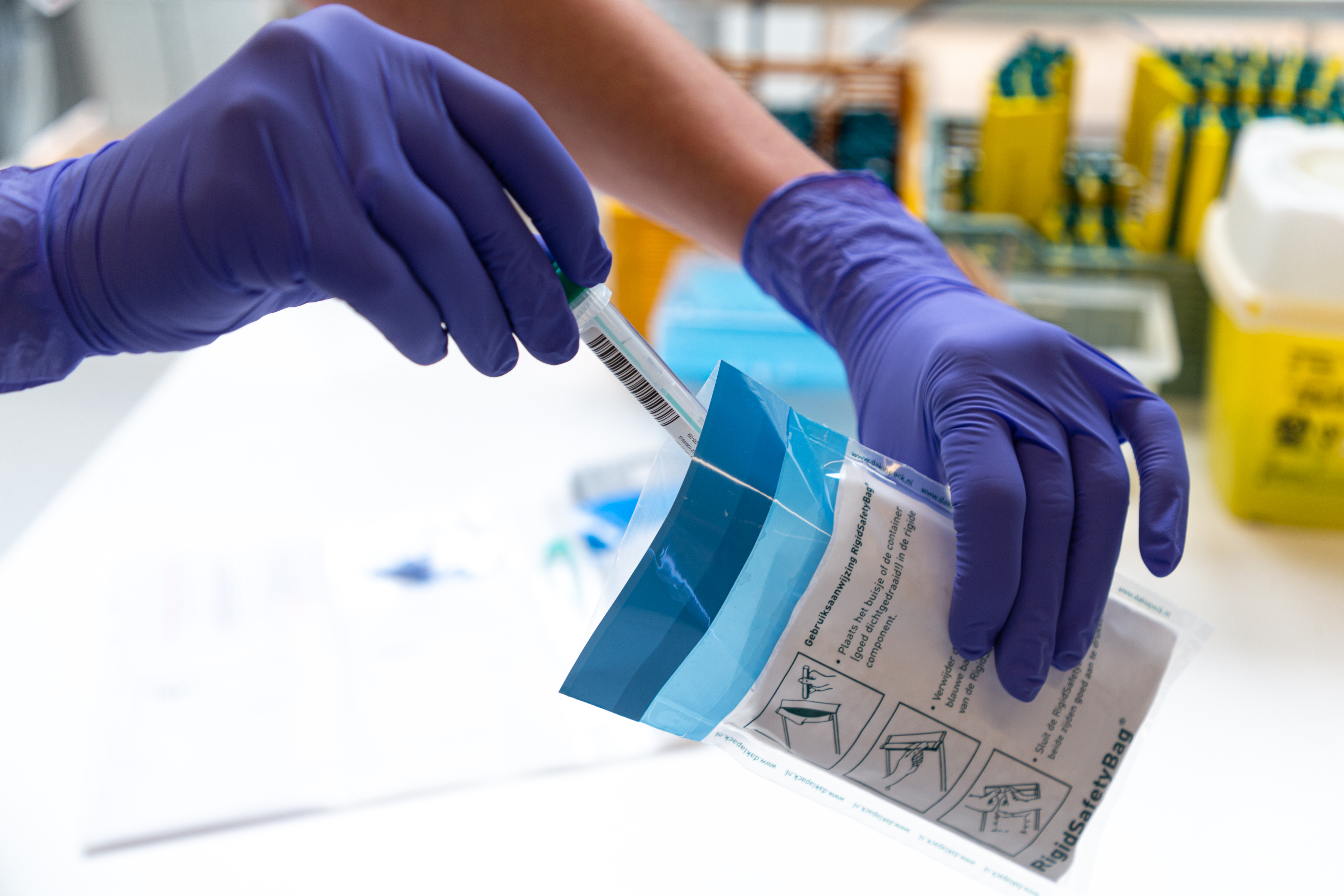


Introduction
In today's rapidly evolving market, sustainability has become a central theme for businesses and consumers alike. As the environmental impact of traditional packaging materials becomes increasingly evident, the shift toward sustainable food packaging and other eco-friendly options is gaining momentum. But what exactly does implementing green packing practices entail? In this comprehensive article, we delve into The Challenges & Rewards of Implementing Green Packing Practices, exploring everything from sustainable packaging materials to the role of sustainable packaging suppliers.
What is Sustainable Packaging?
Sustainable packaging refers to designing and producing packaging solutions that minimize environmental impact throughout their lifecycle. This involves using materials that are renewable, biodegradable, or recyclable and ensuring that production processes consume less energy and generate less waste.
Why is Sustainable Packaging Important?
The importance of sustainable packaging cannot be overstated. With global waste levels rising and consumer awareness increasing, organizations are actively seeking sustainable packaging solutions to enhance their brand image while contributing positively to the planet. Below are some compelling reasons why sustainable packaging matters:
- Reduces Environmental Impact: By minimizing plastic use and opting for biodegradable materials, businesses can significantly reduce their carbon footprint. Consumer Preference: Modern consumers prefer brands that demonstrate social responsibility, making sustainable packaging a significant selling point. Regulatory Compliance: Many regions are implementing stricter regulations on plastic use, making it essential for businesses to adopt sustainable practices. Cost Savings: While initial investments may be higher, long-term savings through reduced material costs and waste management can be substantial.
Key Components of Sustainable Packaging Design
Materials Selection: Choosing eco-friendly materials like recycled paper, bioplastics, or bamboo. Minimalism: Designing packages that require fewer resources while still effectively protecting products. Reusable Designs: Creating packaging that consumers can repurpose after the product has been used. Lifecycle Analysis: Evaluating the environmental impact from production to disposal.Types of Sustainable Packaging Materials
Biodegradable Materials
Biodegradable materials decompose naturally over time without leaving harmful residues. Examples include corn-starch-based plastics and mushroom-based packaging.
Recycled Materials
Using post-consumer recycled content reduces the need for virgin resources. This type includes recycled paperboard and plastics.
Compostable Materials
Compostable materials break down into natural substances in a compost environment, enhancing soil health rather than polluting it.
Custom PackagingRenewable Materials
These are sourced from plants or trees that can be replaced naturally over time, such as bamboo or sugarcane.
Sustainable Packaging Solutions for Different Industries
Sustainable Food Packaging
With food waste being a significant issue globally, adopting sustainable packaging in the food industry is crucial. Options include compostable containers made from plant fibers or recyclable glass jars.
Sustainable Cosmetic Packaging
The cosmetic industry is moving towards eco-friendly options by using recycled plastics for containers or switching to glass bottles which are infinitely recyclable.
Sustainable Pet Food Packaging
Many pet food companies are now utilizing biodegradable bags made from renewable resources to package their products efficiently without harming the environment.
The Challenges & Rewards of Implementing Green Packing Practices
While transitioning to green packing practices presents numerous rewards such as improved brand loyalty and enhanced marketability, it also comes with its set of challenges:
1. Cost Implications
Challenge:
Transitioning to sustainable materials often involves higher upfront costs compared to traditional options.
Reward:
Long-term savings through reduced waste management costs may counterbalance initial expenses over time.
2. Sourcing Sustainable Suppliers
Challenge:
Finding reliable sustainable packaging suppliers who offer quality products at competitive prices can be daunting.
Reward:
Building relationships with reputable suppliers enhances your supply chain's sustainability profile while ensuring consistency in quality.
3. Consumer Education
Challenge:
Many consumers remain unaware of the benefits associated with sustainable options, leading to skepticism regarding new products.
Reward:
Engaging marketing campaigns can educate consumers about sustainability's positive impacts and foster loyalty toward environmentally conscious brands.
Top Trends in Sustainable Packaging Design
Smart Packaging Technologies- Integration of QR codes or NFC technology allows consumers to learn more about sustainability efforts directly from their packages.
- Innovations like edible films made from seaweed offer exciting alternatives for reducing waste while enhancing user experience.
- Brands focus on minimalistic designs not only for cost-effectiveness but also for aesthetic appeal in reducing visual clutter.
- Companies emphasizing transparency about sourcing practices resonate well with eco-conscious consumers who prioritize ethical consumption.
FAQ Section
1. What types of industries benefit most from sustainable packaging?
Various industries benefit from adopting sustainable practices—particularly food, cosmetics, fashion, and e-commerce sectors due to heightened consumer demand for eco-friendliness.
2. How do I find reliable sustainable packaging manufacturers?
Research online directories specializing in green suppliers or leverage B2B platforms where verified manufacturers showcase their offerings.
3. What is the difference between biodegradable and compostable?
Biodegradable materials may not necessarily decompose completely in landfills; compostables break down entirely under specific conditions into non-toxic components ideal for soil enrichment.
4. Can small businesses implement sustainable practices affordably?
Absolutely! Small-scale operations can start by switching out one product line at a time until they establish a fully green product catalog without wholesale custom packaging overwhelming budgets upfront!
5. How does sustainable packaging impact brand perception?
Brands perceived as environmentally responsible often enjoy enhanced customer loyalty alongside increased sales; many consumers prefer supporting companies demonstrating social responsibility initiatives over competitors lacking similar commitments!
6. Are there certifications available for sustainable packaging?
Yes! Certifications such as FSC (Forest Stewardship Council) or Cradle-to-Cradle help verify responsible sourcing claims made by manufacturers looking towards sustainability goals within their operations!
Conclusion
As we've explored throughout this article on The Challenges & Rewards of Implementing Green Packing Practices—the journey towards sustainability is filled with complexities yet richly rewarding outcomes await those willing to embrace change! Companies must weigh both challenges against potential benefits carefully but remember every step taken toward greener alternatives contributes positively towards preserving our planet's future—a legacy worth striving for indeed!
By leveraging innovative technologies along with effective marketing strategies aimed at educating consumers about these valuable shifts happening across various industries; businesses stand poised not only thrive economically but also create lasting impacts socially—improving lives now while safeguarding environments generations will inherit tomorrow!
Let us take action today—whether you're an established corporation re-evaluating existing protocols or a start-up aiming high; it's never too late—or too early—to dive headfirst into adopting greener solutions tailored specifically around your unique needs!